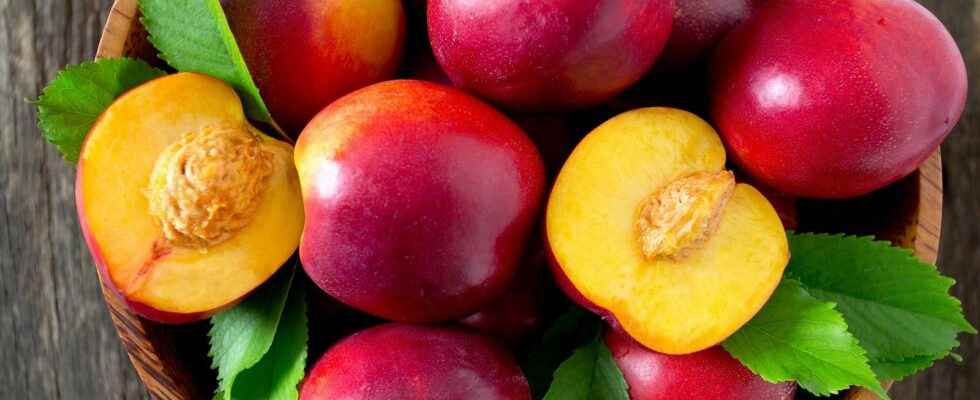As part of a balanced diet, sweet products should be consumed sparingly. Indeed, excess sugar is directly linked to the occurrence of metabolic diseases such as diabetes, cardiovascular diseases, liver pathologies or obesity. What are the different sugars? What sugary foods should be favored for our health?
You will also be interested
[EN VIDÉO] A clever experiment to find out if your soda is really sugar-free How can you be sure that a soda contains little or no sugar? Unisciel and the University of Lille 1 offer us a video of an experiment that may provide the answer. Little hint: you just need to know the density of the contents of the can…
There is sweet food and sweet food! You have probably heard of glucose and of fructose. What should you know about sugar?
Glucose and fructose
Glucose and fructose are monosaccharides. Fructose has a glycemic index lower than glucose. That is to say, the blood sugar (blood sugar level) increases more slowly after ingestion of fructose only after ingestion of glucose. Fructose has a stronger sweetening power than glucose: a smaller quantity is enough to obtain the same sweet taste. In addition, fructose is inexpensive. Three good reasons for manufacturers to use it as a priority in the design of processed sweet products.
But fructose and glucose have different structures and follow distinct metabolic pathways. While glucose is used by all cells in the body to produceenergy, fructose can only be used by the liver and adipocytes. It therefore tends to accumulate in the body, which promotes the formation of fat and the occurrence of metabolic diseases.
What about fruit fructose?
Fruit, especially when ripe, contains high amounts of sugars. That’s what makes them so tasty! Fruits contain two types of sugar: fructose (in large quantities) and glucose (in small quantities). How is it that fruits that contain a large amount of fructose, described as harmful above, are good for your health?
The fructose contained in the fruits is not consumed alone but associated with other components: fibers, mineralsof the vitamins. When chewing in the mouth thanks to the saliva and during the digestion in L’stomach thanks to the digestive juices, the different elements are metabolized. When ingested in fruit form, only a small amount of fructose reaches the liver, much less than when ingested in a processed product low in fiber, minerals and vitamins.
And the fruit juice?
Even if drinking a fruit juice remains healthier for our health than drinking a soda, it is better to favor the consumption of raw fruits. A fruit juice does not require the same effort of digestion by our organism as a raw fruit. Almost all of the fructose it contains will therefore reach the liver, which would not be the case with raw fruit. For this same reason, it is better to favor a fruit juice with pulp than without pulp. Without pulp, fructose is totally devoid of its natural environment.
In conclusion, it is possible to consume from time to time sweet products processed as candies, chocolate bars, sodas or fruit juices. But in case of a sweet craving, a very ripe raw fruit remains the best option!
Interested in what you just read?
Subscribe to the newsletter Health question of the week : our answer to a question you ask yourself (more or less secretly). All our newsletters
